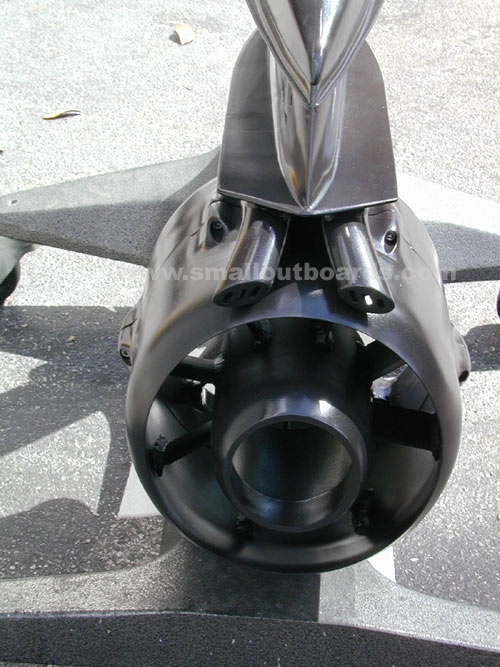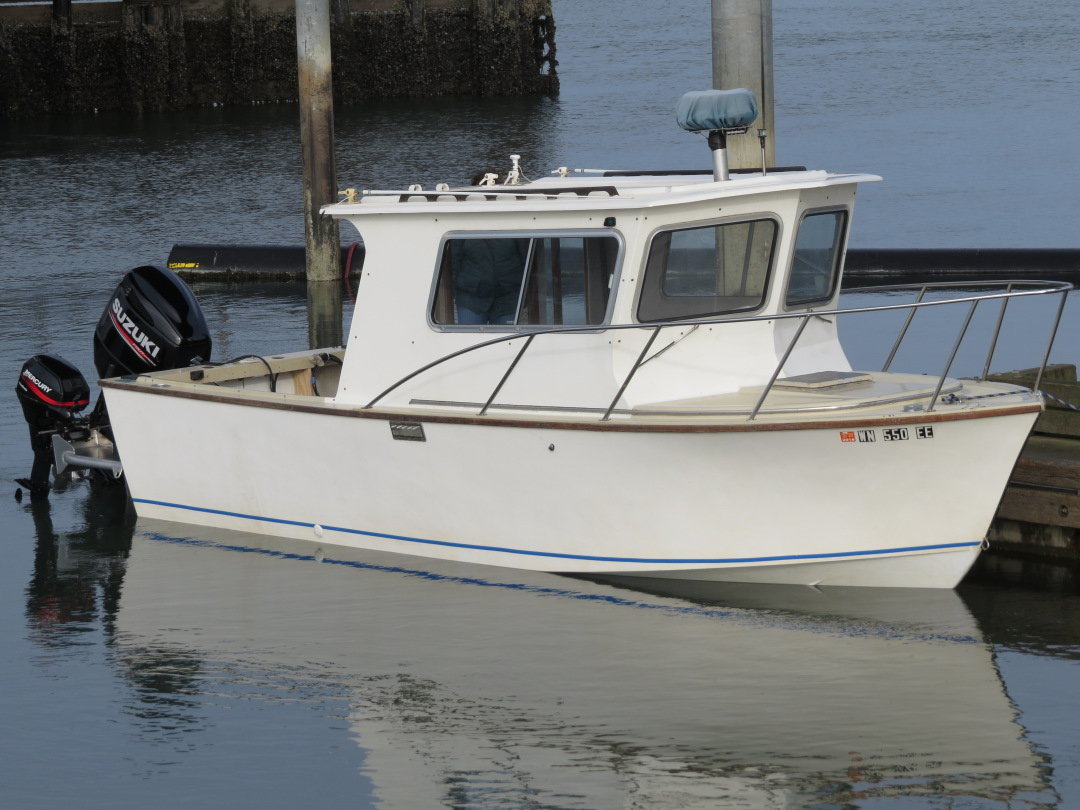

Either a motor coming off the transom going/trailering down the road, sitting at the dock or while underway in the water. Any other way and it's a catastrophe just waiting to happen. I'm not trying to put anyone down or anything but there is no way around spending some coin and a lot of time on this project. If it wasn't done "right", I wouldn't set foot in it! If your uncle's project didn't take long at all, didn't cost much at all and was easy, I can bet it wasn't done well.

I don't know your uncle and maybe he did a fine job, but. If I were you, I'd go onto the boat restoration forum here at iboats and take a look at some of the projects there to give you an idea of how both styles of boats' transoms are done and see if changing yours over is a project you want to take on. Cutting the transom down to accomodate what will probably be a 25" shaft outboard and a LOT of fiberglass work (I'm leaving out how much transom work because I have no idea what yours looks like.

What you are probably looking at is removing all of your current drive system, removing the cap/deck of the boat (at least a good portion of it so you can do the transom/stringer work). "Transom Knees" that help distribute the force of the outboard into the stringers of the boat.
INBOARD TO OUTBOARD CONVERSION SKIN
Inner fiberglass skin filleted into the inner hull on sides and bottom Most outboard motor transoms are constructed of (going in "layers" from the outside of the transom into the bilge area):Ģ layers of 3/4" marine plywood bonded together with resin Why are you going to spend the HUGE amount of time and quite a large chunk of change on such a project when it makes more sense to get rid of the boat you have and buy one that you want? Again, I'm not saying it can't be done, but you're trying to re-invent the wheel by doing this and anyone considering such a project needs to be sure they understand WHY they are doing it, then be sure they understand what a large financial investment it is going to be. Like I said, more will chime in on this, but there are some that can do just about anything to a boat because they just "want to" and others that will tell you to sell what you've got and put that money towards the boat you really want.īefore I respond again, I just have to ask. In that case, your center of gravity is moving even further back, thus the "squatting" issue becomes bigger. You may decide to use a motor bracket though. When you move a motor to the transom, it will want to squat, not to mention the transom work you're going to have to do so you can mount an outboard on it. It was designed for the weight of the motor to be amidships (or close to it). The bigger question/issue is how the hull was designed. You'll want layers of biaxial, cloth and probably some mat thrown in as well. You'll need multiple layers from both inside and outside and both sides beveled or "scalloped" to take the new layers inside and out. There will be plenty of responses, but in short answer, YES, it can be done and you're on the right track with multiple layers of fiberglass but. Prop shaft holes are usually for inboards, so I'm assuming that's what it is.


 0 kommentar(er)
0 kommentar(er)
